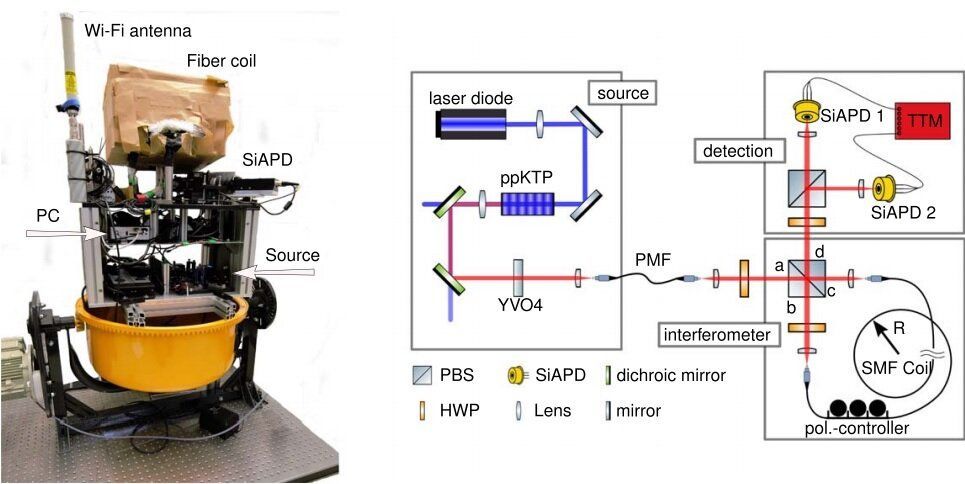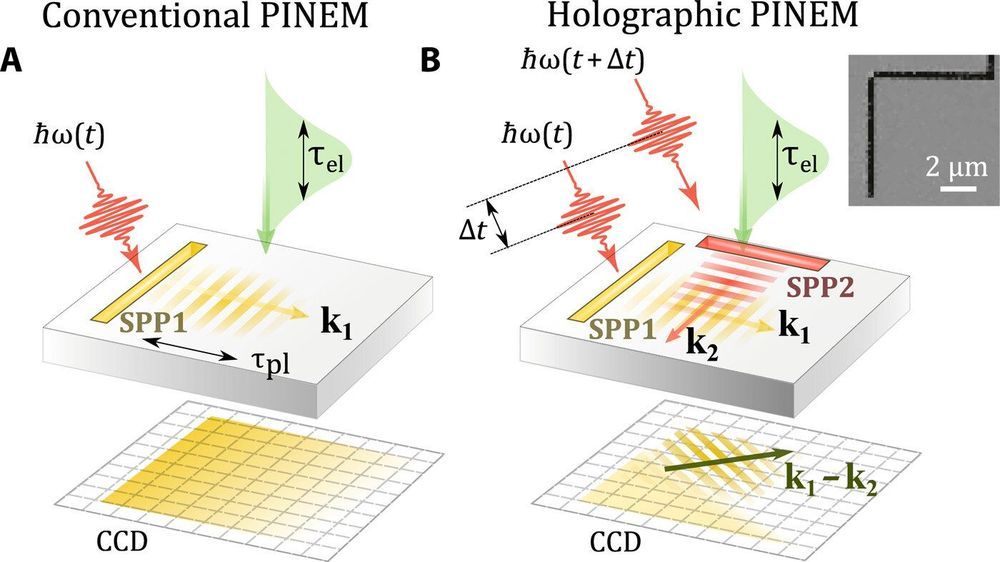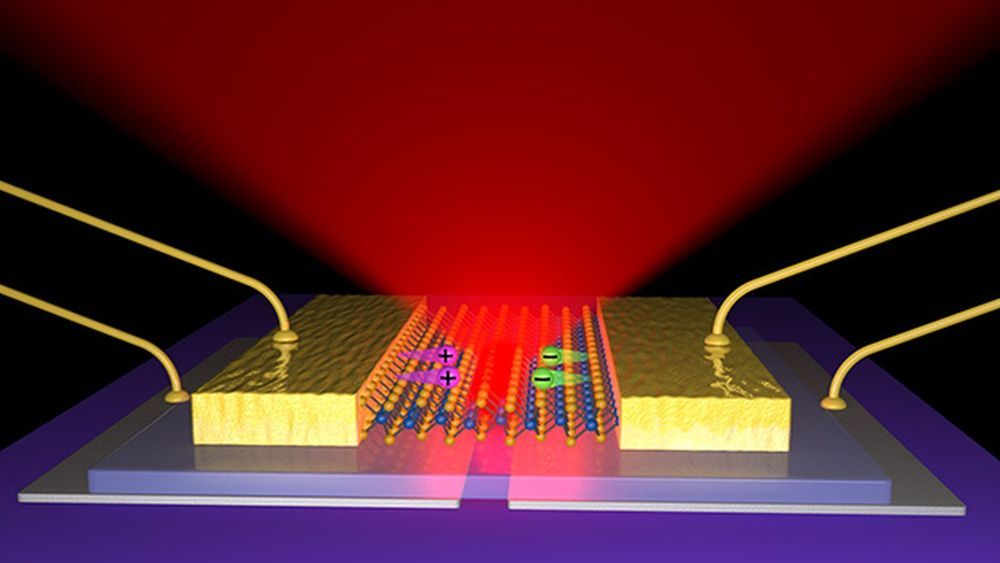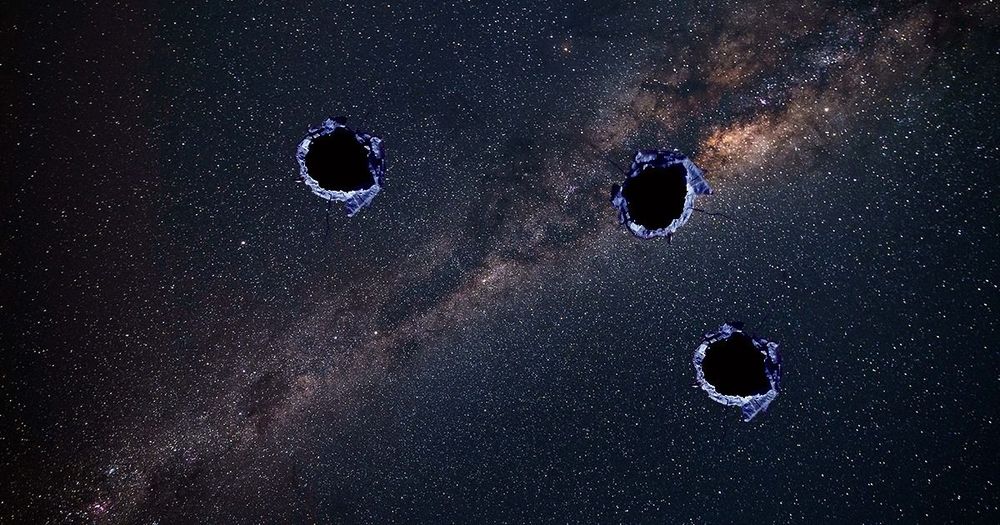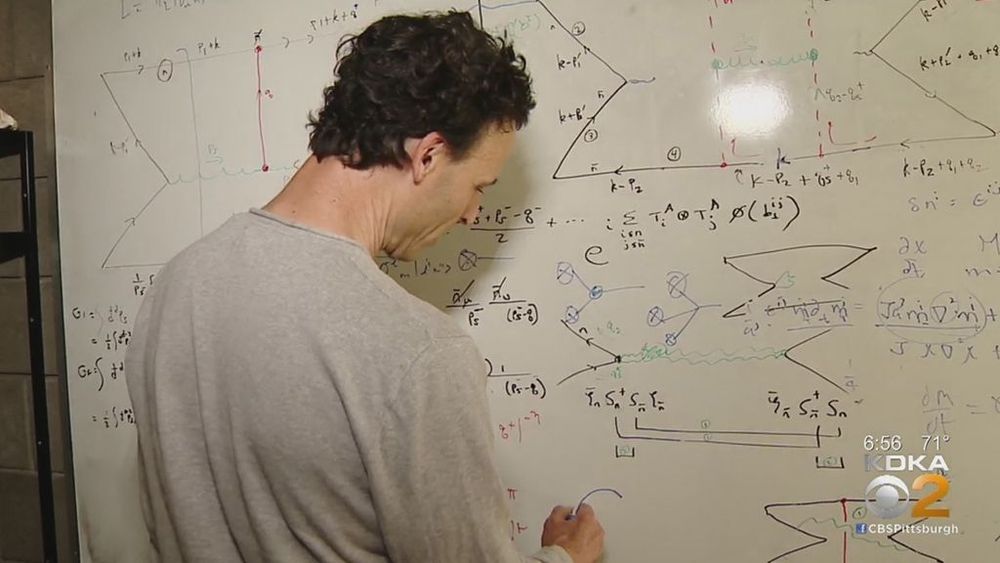May 16, 2019
Entangled-photon gyroscope overcomes classical limit
Posted by Quinn Sena in categories: quantum physics, transportation
Fiber optic gyroscopes, which measure the rotation and orientation of airplanes and other moving objects, are inherently limited in their precision when using ordinary classical light. In a new study, physicists have experimentally demonstrated for the first time that using entangled photons overcomes this classical limit, called the shot-noise limit, and achieves a level of precision that would not be possible with classical light.
The physicists, led by Matthias Fink and Rupert Ursin at the Austrian Academy of Sciences and the Vienna Center for Quantum Science and Technology, have published a paper on the entanglement-enhanced fiber-optic gyroscope in a recent issue of the New Journal of Physics.
“We have demonstrated that the generation of entangled photons has reached a level of technical maturity that enables us to perform measurements with sub-shot noise accuracy in harsh environments,” Fink told Phys.org.
Continue reading “Entangled-photon gyroscope overcomes classical limit” »
